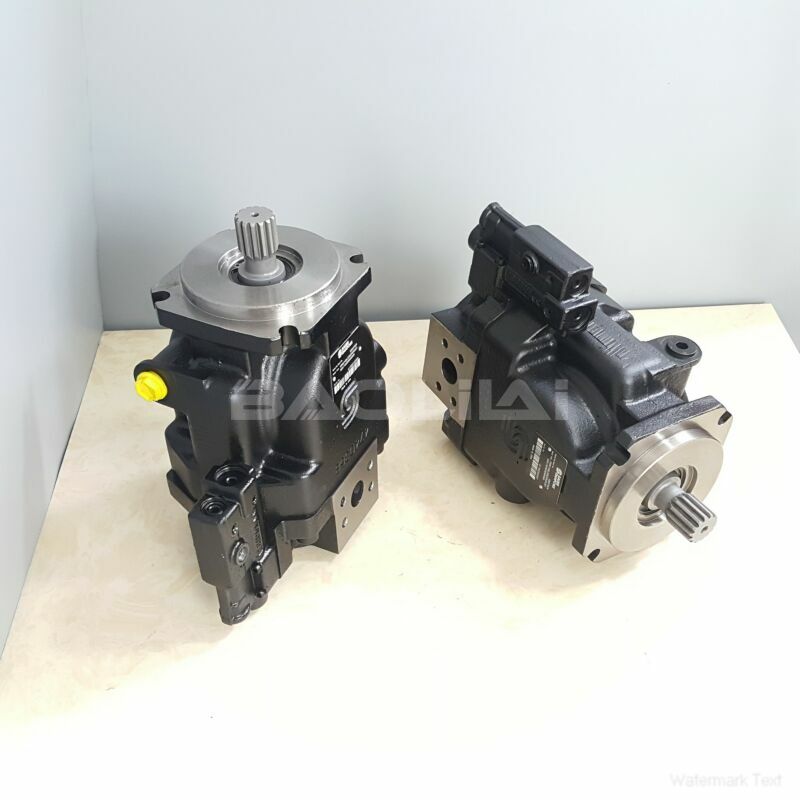FRR074BLS2520NNN3S2C2A1NAAANNNNNN high pressure pump
FRR074BLS2520NNN3S2C2A1NAAANNNNNN high pressure pump

- Product Details
- Applicable Scene
In the realm of automotive engineering and fuel system performance, testing plays a critical role in ensuring efficiency, reliability, and safety. High-pressure pumps are pivotal components in these tests, influencing various aspects of fuel delivery and system functionality. This article delves into the significance of high-pressure pumps in fuel system performance testing, highlighting their roles, challenges, and technological advancements.
FR-R-074B-LS-25-20-NN-N-3-S2C2-A1N-AAA-NNN-NNN
FRR074BLS2520NNN3S2C2A1NAAANNNNNN
High-pressure pumps are designed to supply fuel to the engine at the pressures necessary for optimal operation. They are particularly essential in modern direct injection systems, where precise fuel atomization is crucial for achieving the desired combustion efficiency and reducing emissions. In performance testing scenarios, high-pressure pumps are used to simulate real-world operating conditions, allowing engineers to evaluate how well a fuel system functions under various stressors.

83038264
One of the primary roles of high-pressure pumps in performance testing is to measure the flow rate and pressure of the fuel delivered to the engine. Accurate measurements are vital, as deviations from expected values can indicate issues within the fuel system, such as clogging, pump wear, or improper component integration. By utilizing high-pressure pumps, engineers can obtain critical data that help identify these problems early in the development process, ultimately improving the overall quality of the fuel system.
Moreover, high-pressure pumps are essential for gauging the system’s response to varying operating conditions, such as temperature fluctuations and changes in fuel composition. Testing under diverse scenarios helps in understanding how the fuel system behaves, thereby establishing performance benchmarks. This information not only aids in the validation of current designs but also provides a foundation for future innovations aimed at enhancing fuel efficiency and reducing emissions.





